Designing one of Texas' largest membrane plant expansions
Garver's College Station Water Design Center facilitates innovation, aiding Sherman's water treatment plant expansion
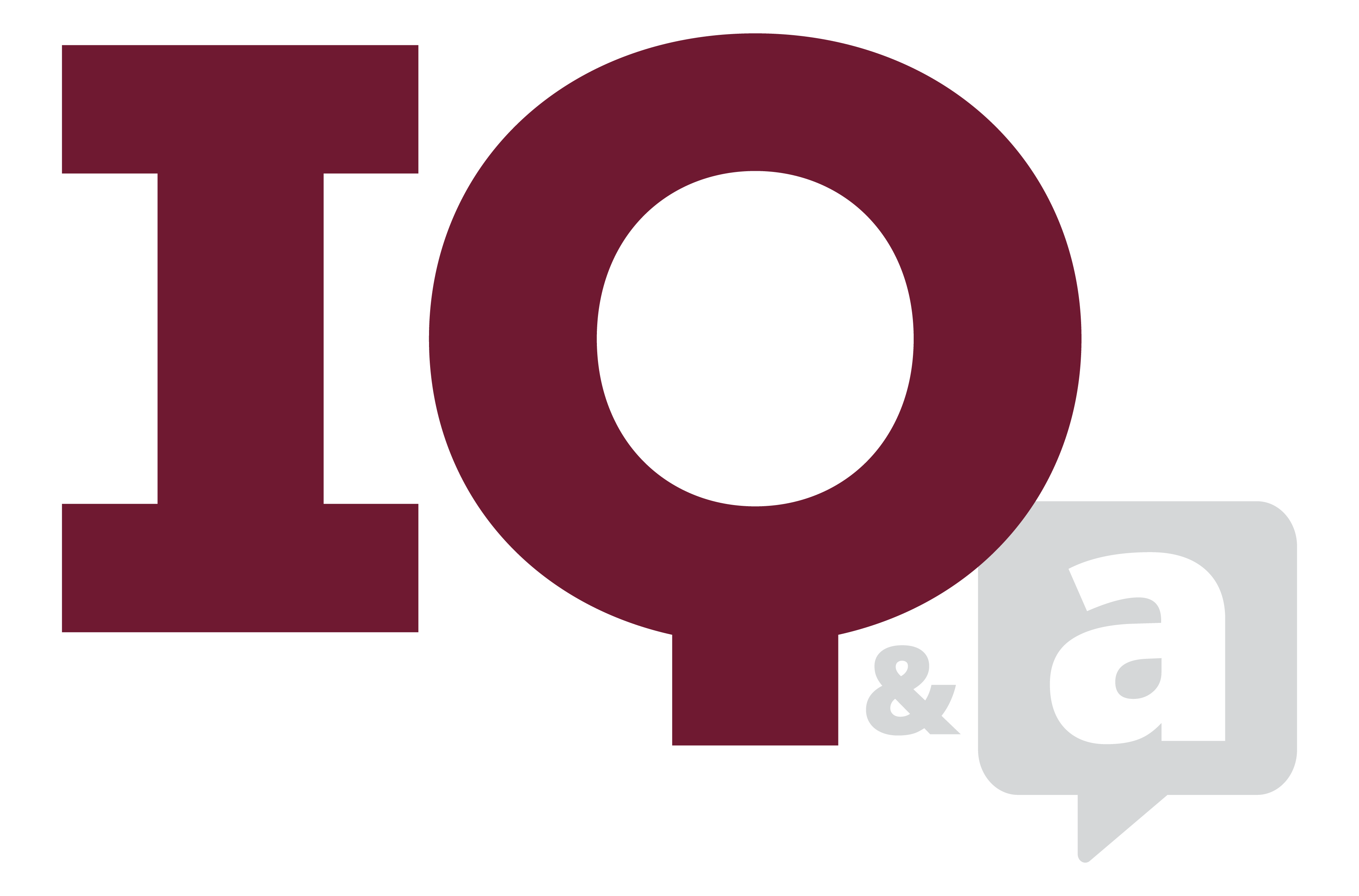
Garver and the City of Sherman, Texas, have developed a long-standing partnership, thanks in part to the efforts of Texoma native and North Texas Water Business Leader Lance Klement. His familiarity with the area has helped open the door for Garver to impact communities throughout the region.
With Garver involved in several projects for the City in 2021, Sherman was selected as the location for a new Texas Instruments computer chip fabrication plant. This also meant the City was about to see a population surge due to the number of new jobs, which subsequently meant a significant increase in the City’s water demand.
In this IQ&A, we spoke with Klement about how Garver worked with the City of Sherman to develop a plan to meet the increased water demand, what some of the major challenges were, and how Garver's College Station Water Design Center played an integral role in helping establish Garver as the City’s most trusted advisor.
What was needed for the City of Sherman to accommodate the influx of new industry and residents?
When Texas Instruments announced the plant was coming to Sherman, there was a lot of buzz. At the time, the City had a 20 million gallon per day (MGD) plant, which was essentially running at around 15 MGD. They needed to increase capacity to 40 MGD by the end of the year.
Following an interview process and selection, we immediately began master planning for a 40 MGD facility. In the process, we realized the demand may not be as urgent as the City initially thought. That helped give us more time to get immediate construction done, and, from a cost perspective, helped the City realize it would be more beneficial to get their existing plant fully operational first, and then focus on the new construction three or four years down the road.
Garver supported the City of Sherman throughout the process, ensuring that the upgrades to the existing plant would be compatible with the new plant. We continued the design process as well, scaling back initial phase production to only a 10 MGD capacity increase with the option to build out to 30 MGD on that same plan, and the capability to upgrade another future 10 MGD when needed.
What was one of the biggest challenges facing this project?
The uncertainty about what the initial flow conditions would look like, both in the immediate future and down the road, was a challenge at the onset. And then, when the flow phasing changed midway through the project design, we had to be nimble and adapt our design to where we could accommodate a wide range of conditions.
We were designing for 10 MGD today, but with 40 MGD as the future end goal. The challenge was to incorporate that into the current design while still hitting those efficiency points. It meant being in constant communication with our Water Design Center and the City of Sherman to make sure everyone was always up to date on where we stood in the project.
What was a unique, innovative solution Garver brought to this project?
The source water for this plant is Lake Texoma, which has a very high salinity and percentage of total dissolved solids (TDS) compared to nearby lakes. Because of that, we can’t treat the water with a standard conventional treatment process. We had to use something a little more unique in the state of Texas – a membrane system. Only a handful of facilities in North Texas run membranes for drinking water, and Sherman is one of the largest membrane plant expansions in the entire state. So, this plant offers a unique opportunity to gain experience in something a lot of water engineers haven’t worked with and helps Garver build expertise.
How has the College Station Water Design Center served as a resource?
The Water Design Center has been an extremely important resource. Electrical, structural, process mechanical, BIM – having experts in all those disciplines under one roof and able to collaborate is invaluable. It establishes a culture of innovation, creativity, and efficiency that makes an immediate impact for our clients. These projects are so fast paced that you don’t have the time to wait for email responses back and forth. Having that group of experts that can keep up with the rapid timeline is critical.
Because of this collaborative atmosphere, we are able to maintain a high level of performance. If one of the team members is out and something is needed right away, someone else can step up. The standard of excellence is still there, and deadlines are still able to be met. It’s a great benefit — experts who specialize in their respective disciplines all working together to meet the needs of our clients.
What kind of candidates would make a good fit at the Water Design Center?
Communities come first, so if you want to make an impact in a community within Garver’s footprint, this is the perfect opportunity. We focus on providing a high level of customer service from the beginning of a project to the end and doing so from a regional perspective. Some firms put engineers on projects across the country — projects that they’ll never see. Garver sees the value of living in the communities in which we work, and our regional approach allows our people to do just that.
Candidates who love the technical aspect of their work, have a passion for what they do, and want to grow their expertise as they collaborate on unique and challenging projects would be a great addition to Garver’s College Station Water Design Center.
Interested in working on innovative projects like this? See which opportunities are available at Garver Jobs.
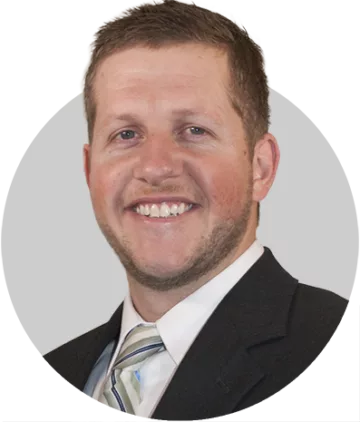


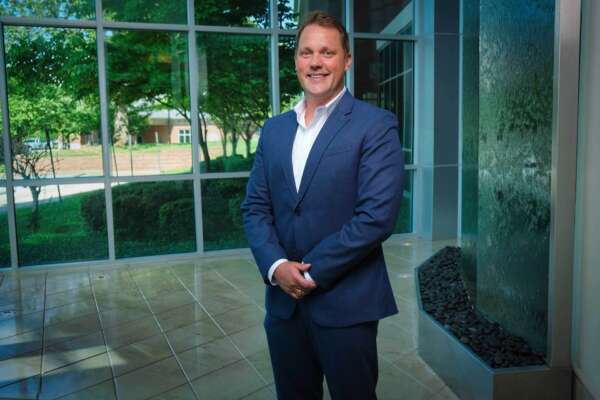
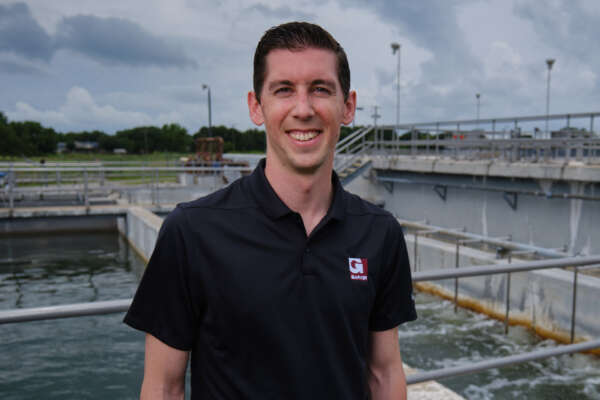
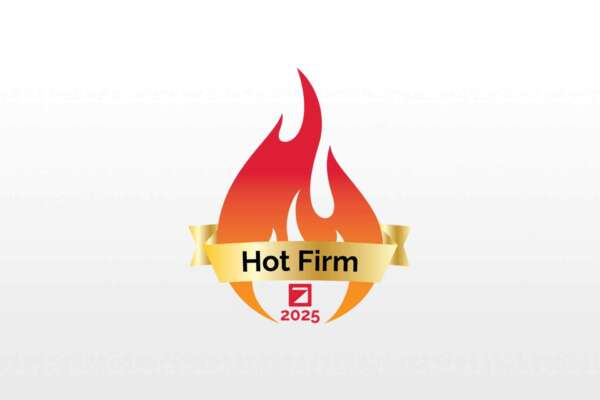

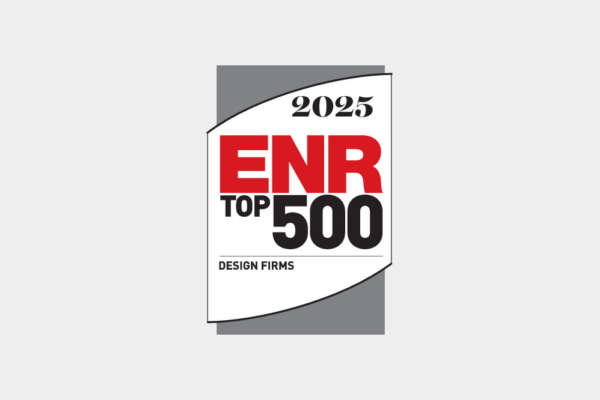

Share this article